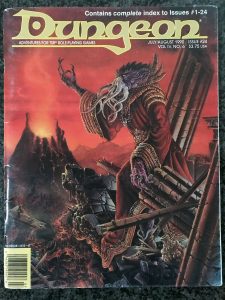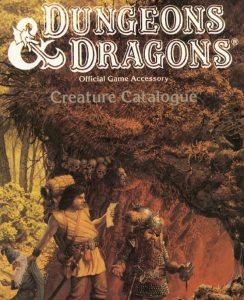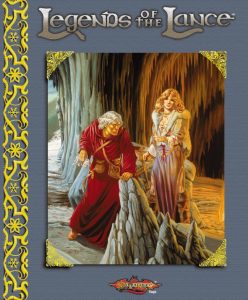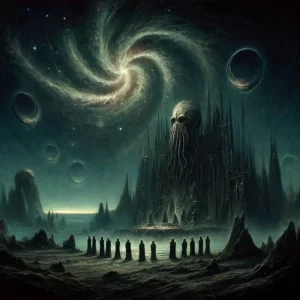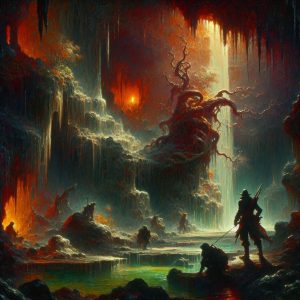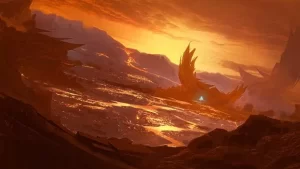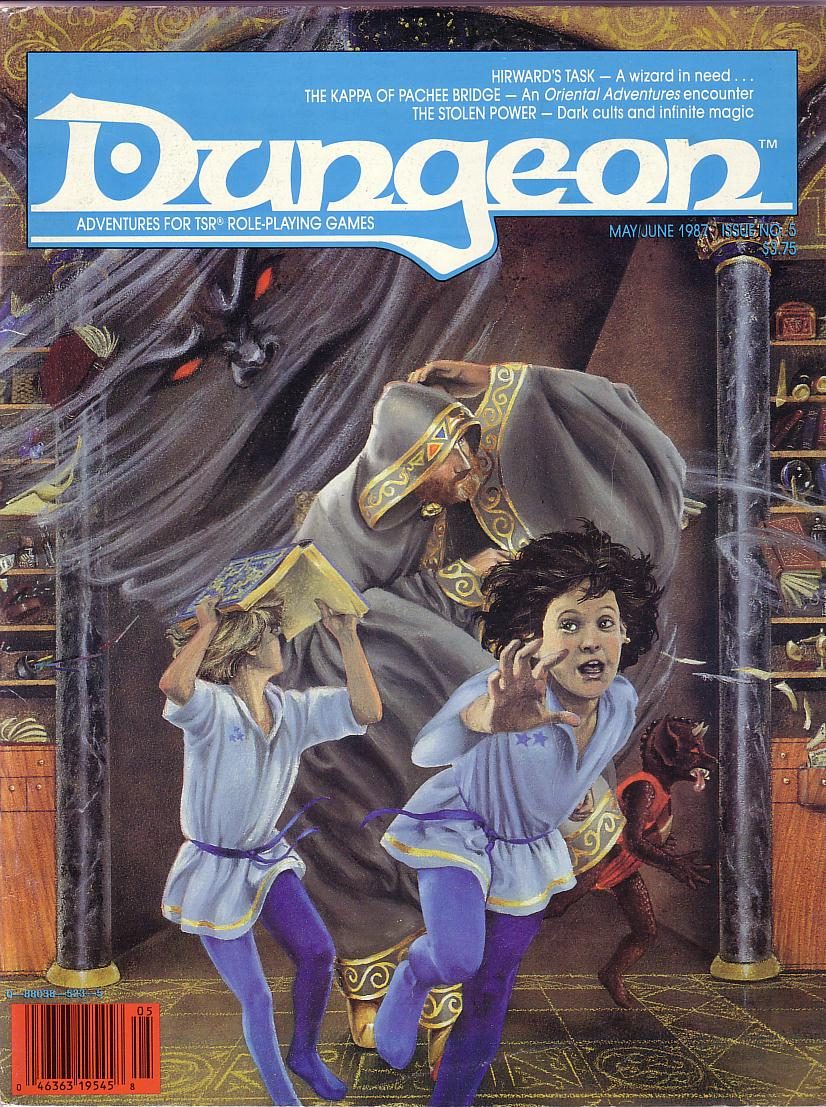
From its eye-catching cover depicting children fleeing a mysterious menace to its rich interior content, DUNGEON Magazine Issue #5 represents a fascinating snapshot of tabletop gaming's creative zenith in the late 1980s. Published in May/June 1987, this issue offered dungeon masters an impressive array of ready-to-run adventures ranging from clever one-shots to complex multi-session campaigns.
The magazine opens with "The Rotting Willow," a deceptively pastoral adventure where an isolated village holds dark secrets. Author Edward Bromley III crafts an atmosphere thick with paranoia as players investigate a seemingly peaceful hamlet plagued by mysterious disappearances. His background as a corporate paralegal brings unexpected depth to the scenario's social dynamics.
But perhaps the issue's crown jewel is "Lady of the Lake," penned by Laura Ferguson. This adventure subverts expectations by presenting what seems to be a classic damsel-in-distress tale before revealing complex layers of intrigue. Ferguson's adventure stands out for its sophisticated approach to player agency -- impressive considering this was her first published work.
"The Stolen Power" and "The Kappa of Pachee Bridge" round out the middle section, offering dungeon masters tools to challenge parties of various levels. The former delves into dark religious cults while the latter draws inspiration from Japanese folklore to create a unique cultural experience.
The issue concludes with "Hirward's Task," a high-level adventure that pushes experienced players to their limits. Rich Stump's scenario demonstrates how to craft encounters that demand both tactical prowess and creative problem-solving.
What makes this issue particularly noteworthy is its editorial direction under Roger E. Moore. Rather than simply publishing dungeon crawls, Moore curated adventures that expanded what was possible in roleplaying games. Each scenario comes complete with detailed maps, NPC statistics, and suggestions for adaptation -- everything a dungeon master needs to bring these stories to life.
The magazine's production values shine through in its artwork, with contributors like Jim Holloway and Valerie Valusek bringing key scenes to vivid life. Their illustrations don't just decorate -- they enhance the storytelling and provide dungeon masters with visual aids to share with their players.
For modern readers, this issue serves as both a practical gaming resource and a fascinating historical document. It captures tabletop roleplaying during a period of creative ferment, when writers and designers were actively pushing boundaries and redefining what was possible within the medium.
Whether you're a game master looking for inspiration or a student of roleplaying history, DUNGEON Magazine Issue #5 remains a compelling read over 35 years after its initial publication. Its pages remind us that great storytelling transcends time, and that sometimes the most memorable adventures come not from massive hardcover tomes, but from the passionate work of creators willing to experiment with format and theme.
